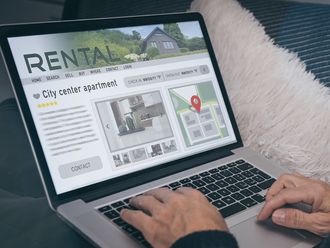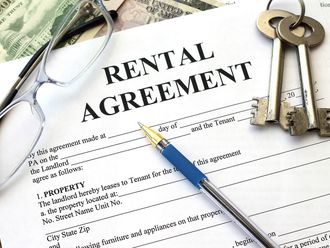The combination of oversupply and a recovering market poses a challenge for landlords of commercial space not only in attracting tenants, but retaining them for the long-term. Today, maintaining occupancy requires creative marketing, hands-on property management and proactive tenant retention programmes that all work in synergy.
As a landlord, what are some of the creative terms you can include within a contract to help your agent lease your property effectively?
• Screen all prospective tenants: Run a credit report and get references from a previous landlord.
• Fit-out allowances: One of the main turn-offs for smaller businesses is that when they agree to fit-out office space at their expense and then commit to a three-year lease, they have to also pay a deposit cheque to the landlord, escalating costs. Today, competitive landlords offer a fit-out allowance, provided the tenant signs and commits to a three-year lease.
For tenants, complimentary fit-outs are excellent incentives, as relocating offices is generally expensive.
• Offices with ceiling and flooring: With a vast majority of start-up companies not in a financial position to fit-out their new office so as not to tie up working capital, offering offices with ceiling and flooring in place rather than shell-and-core will help attract more small and mid-sized companies.
• Renovate and refurbish: By enhancing a building's infrastructure and facilities, you can retain tenants more effectively, while increasing the value of their holdings for the long-term. Renovations can range from exterior refurbishments, such as new facades and improved access, to a ground-up redesign of interior systems and finishes.
• Advertise On-line: Today's tenants don't always look at a newspaper or in phonebooks to find office space. They're looking at Google and Facebook. Advertise on-line and reach out to a wider audience.
• Offer rent-free periods: Landlords are starting to offer rent-free periods (with the first nine months rent-free, for example) on top of the fit-out period for tenants that sign a five-year contract. While landlords gain a paying tenant and an executed lease, tenants enjoy a rent-free period to perform the necessary improvements to their new space.
One of the landlords I worked with recently offered tenants a two-year lease with a three-month annual rent-free period, i.e. a 12-month lease for the price of nine months. He found a tenant immediately.
• Push back the free-rent periods: The entire free-rent period need not occur at the beginning or the end of the lease term. Spread it out in alternating months or at other strategic points throughout the term.
• Rent reviews: Today, tenants are willing to sign a three- to five-year lease with an escalation. However, they also expect a rent review during a lease, so that they are in a position to renegotiate if the rents drop further.
• Offer a partial refund of security deposit to a tenant who has been paying on time and keeping the unit in a good condition.
• Hands-on property management: If your tenants see that you care about the condition of your property and want them to occupy space that is clean and well cared for, they will in turn take pride in its upkeep.
• Allow a holdover notice: Another clause appearing in many contracts is allowing a holdover notice; which means that if the tenant has given a 6-mionth advance notice of his move, he should be able to extend the contract for three more months with the same leasing terms.
The writer is a Senior Commercial Sales and Leasing Consultant, Better Homes











